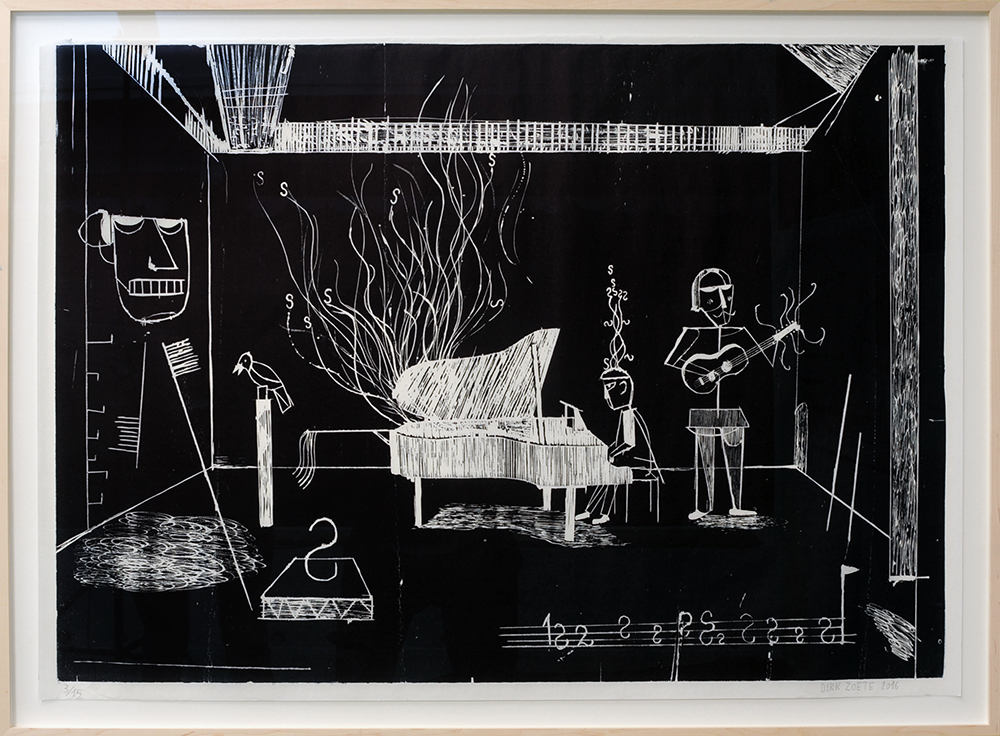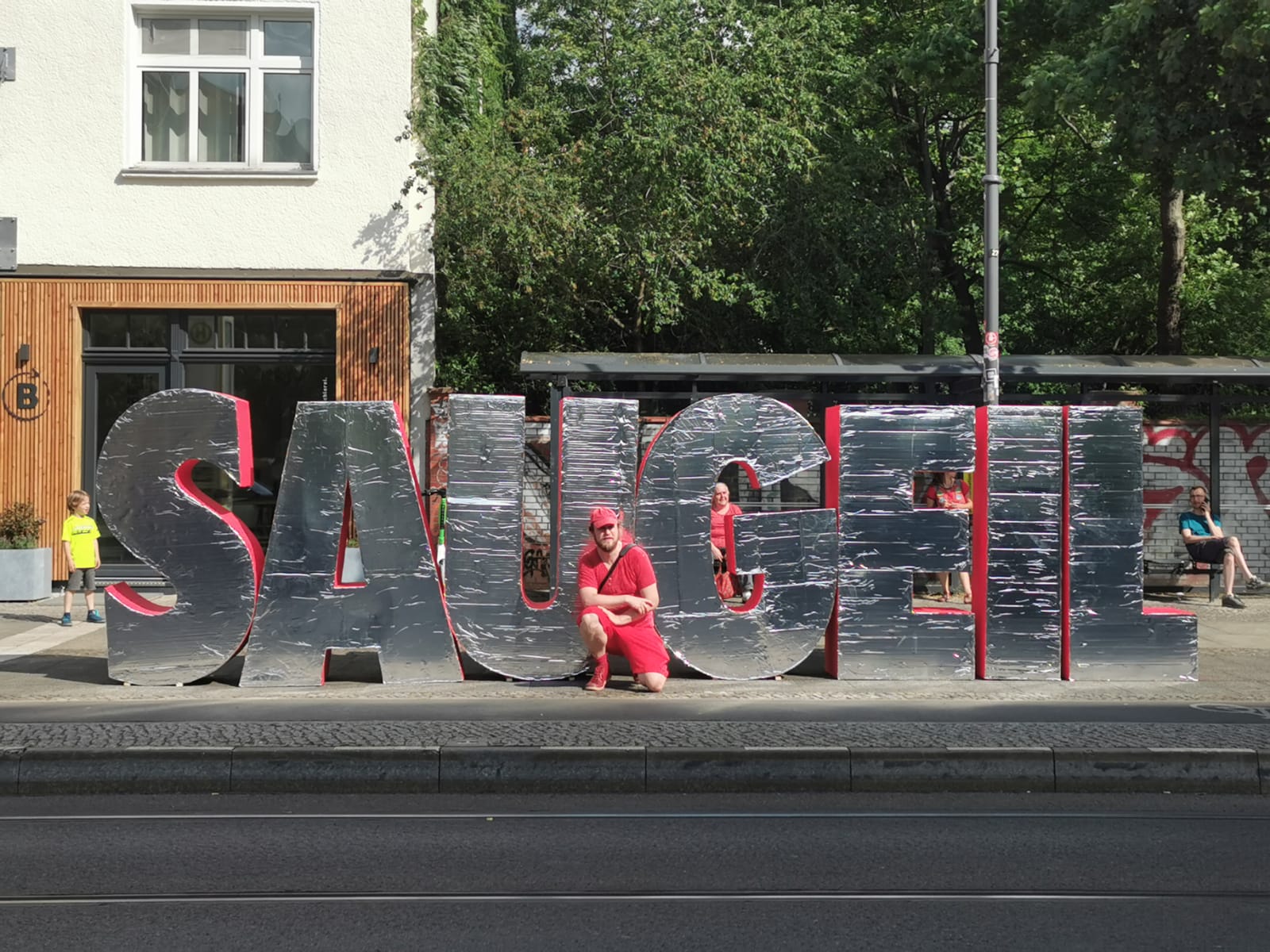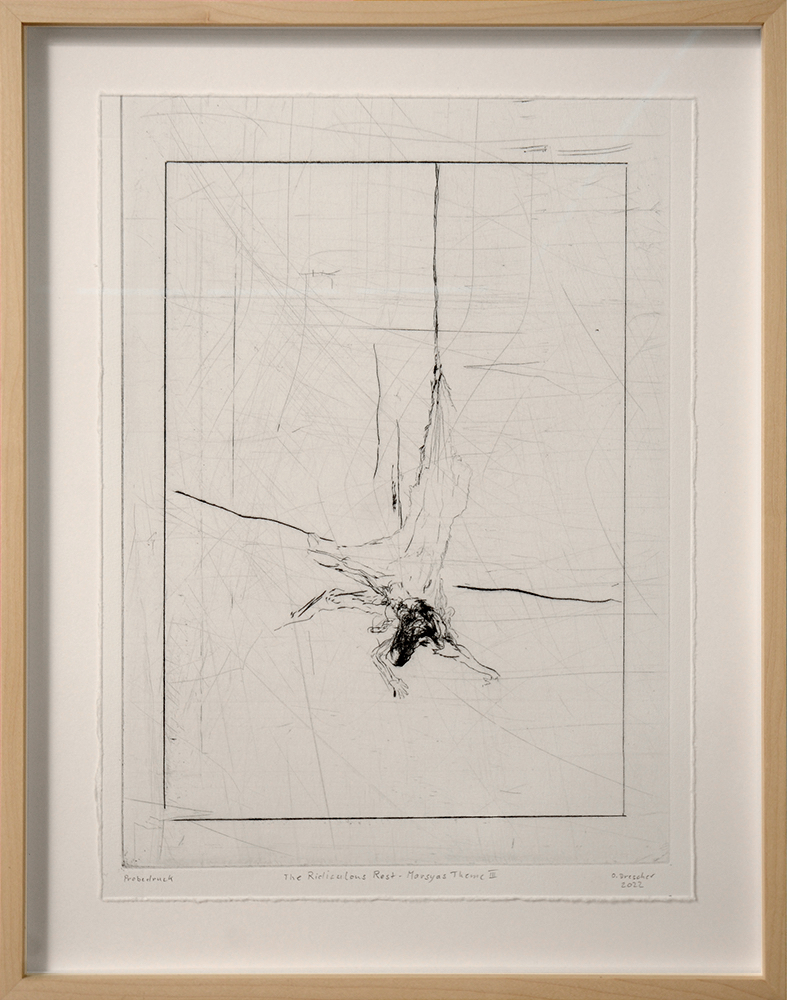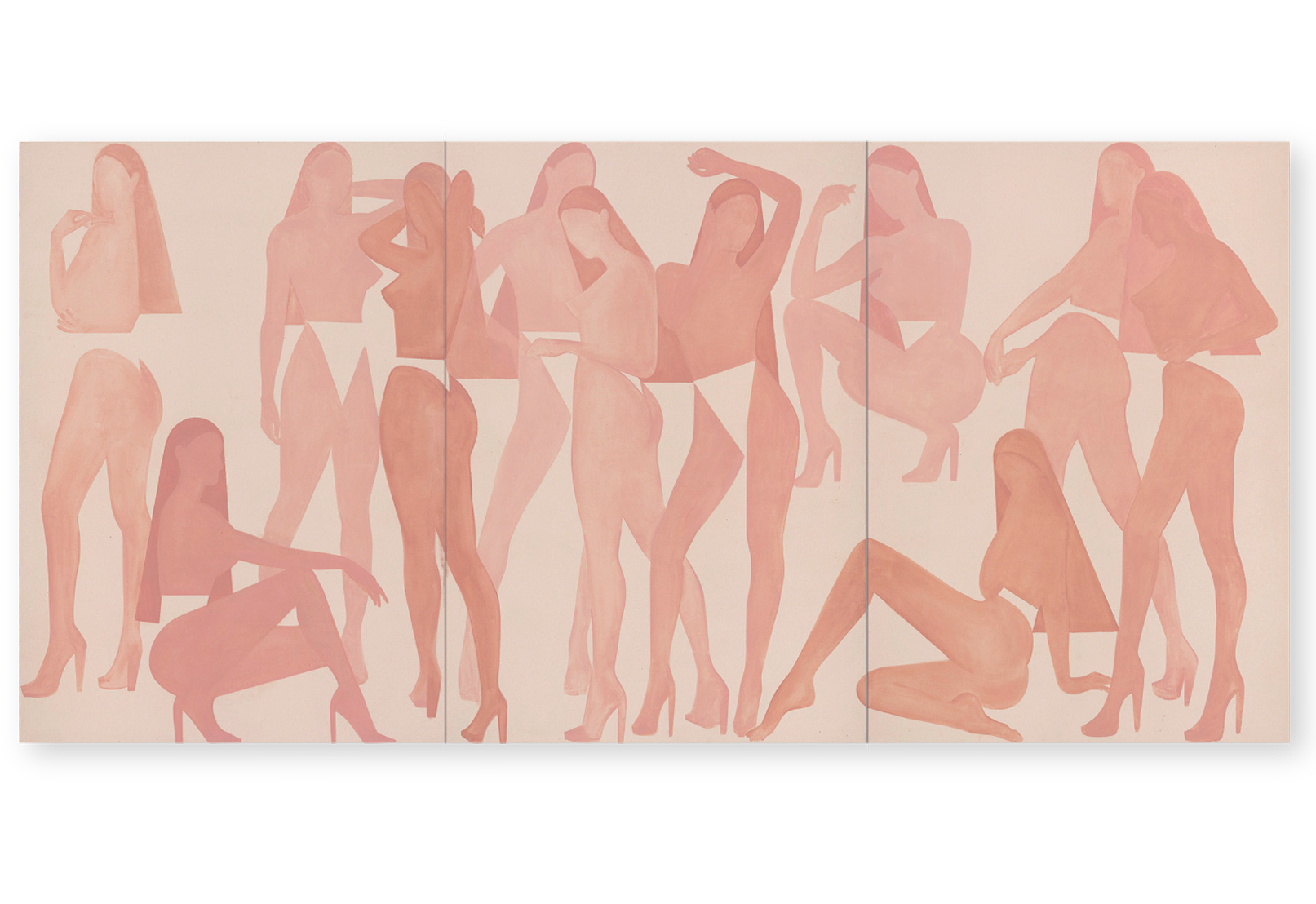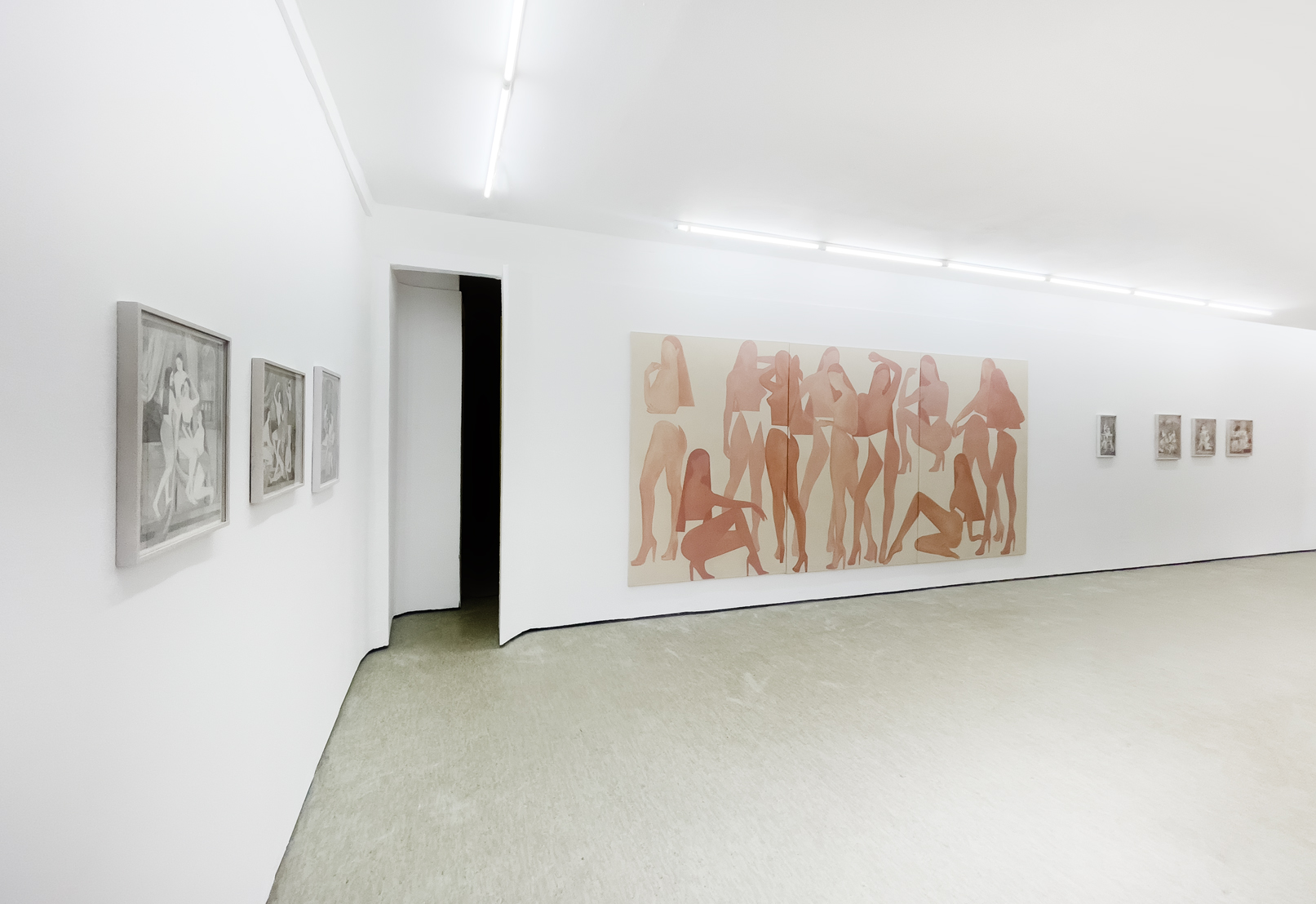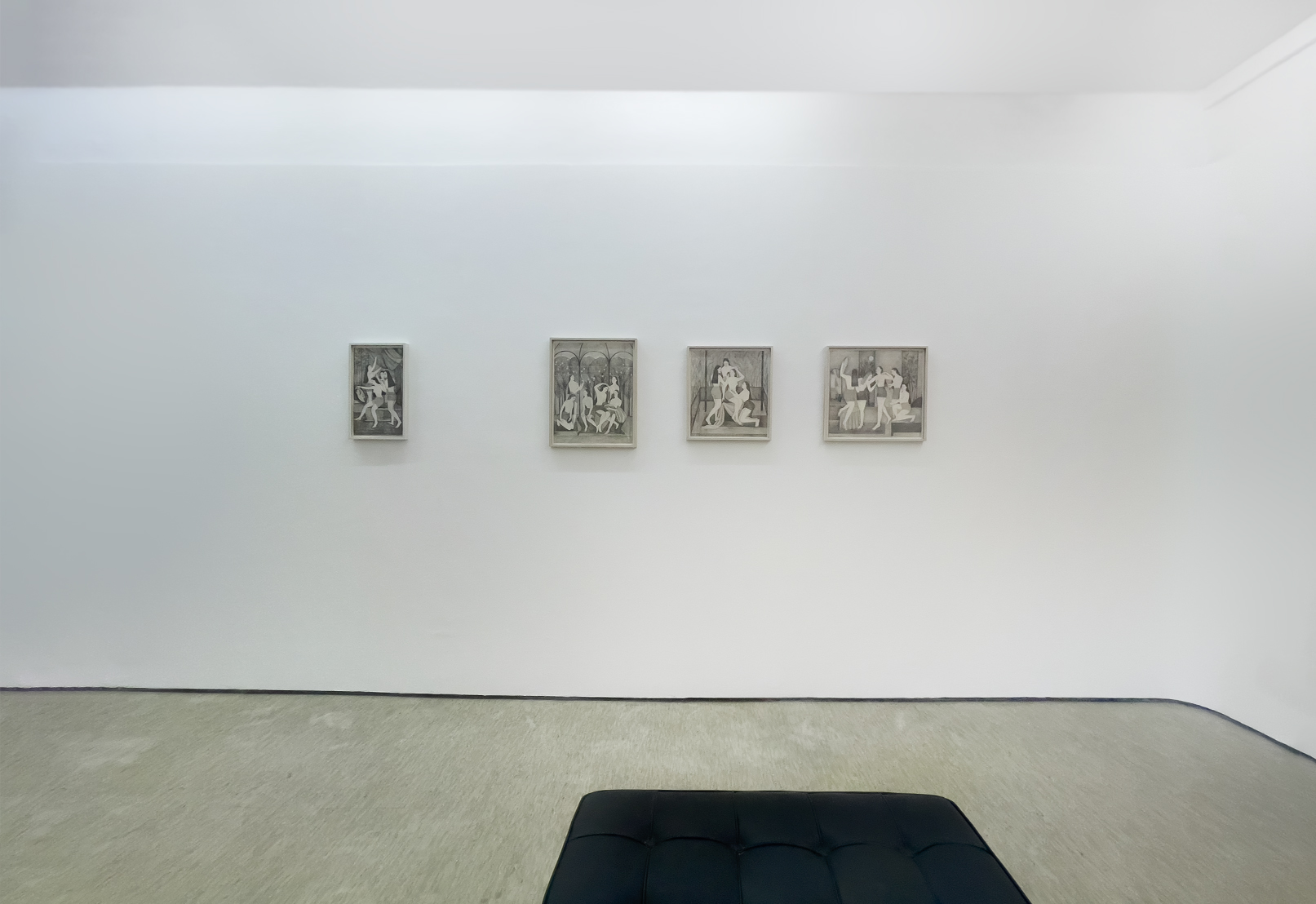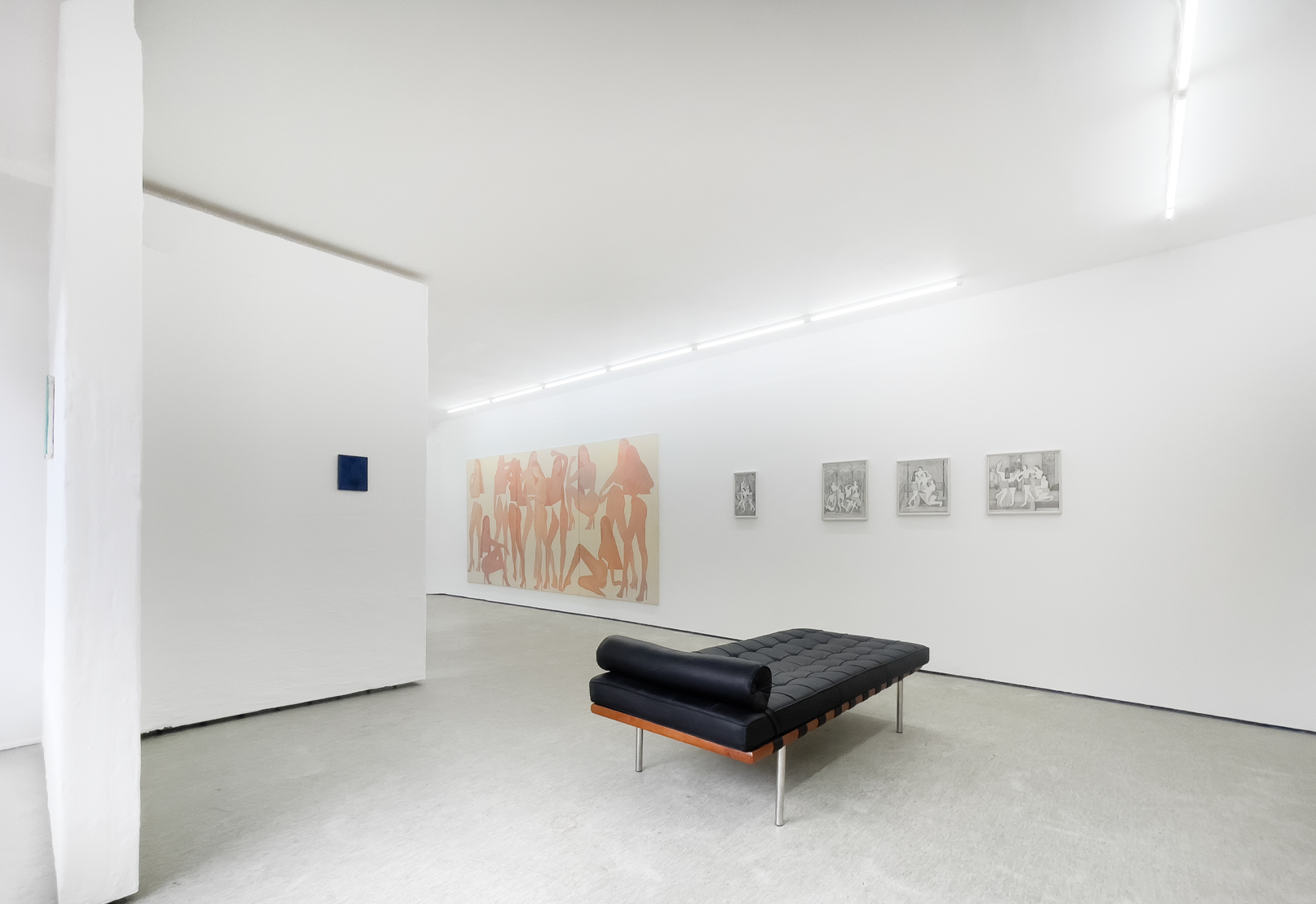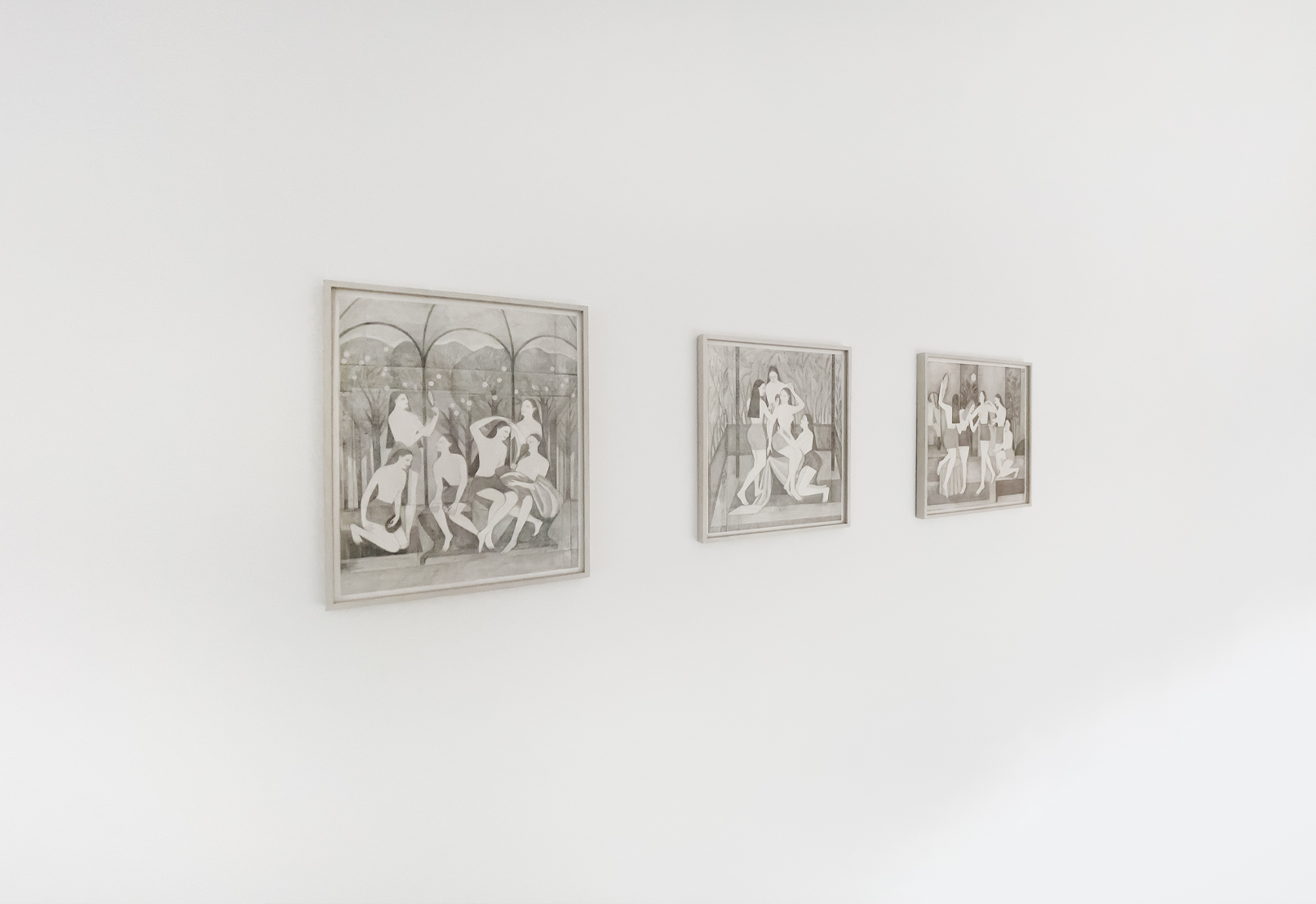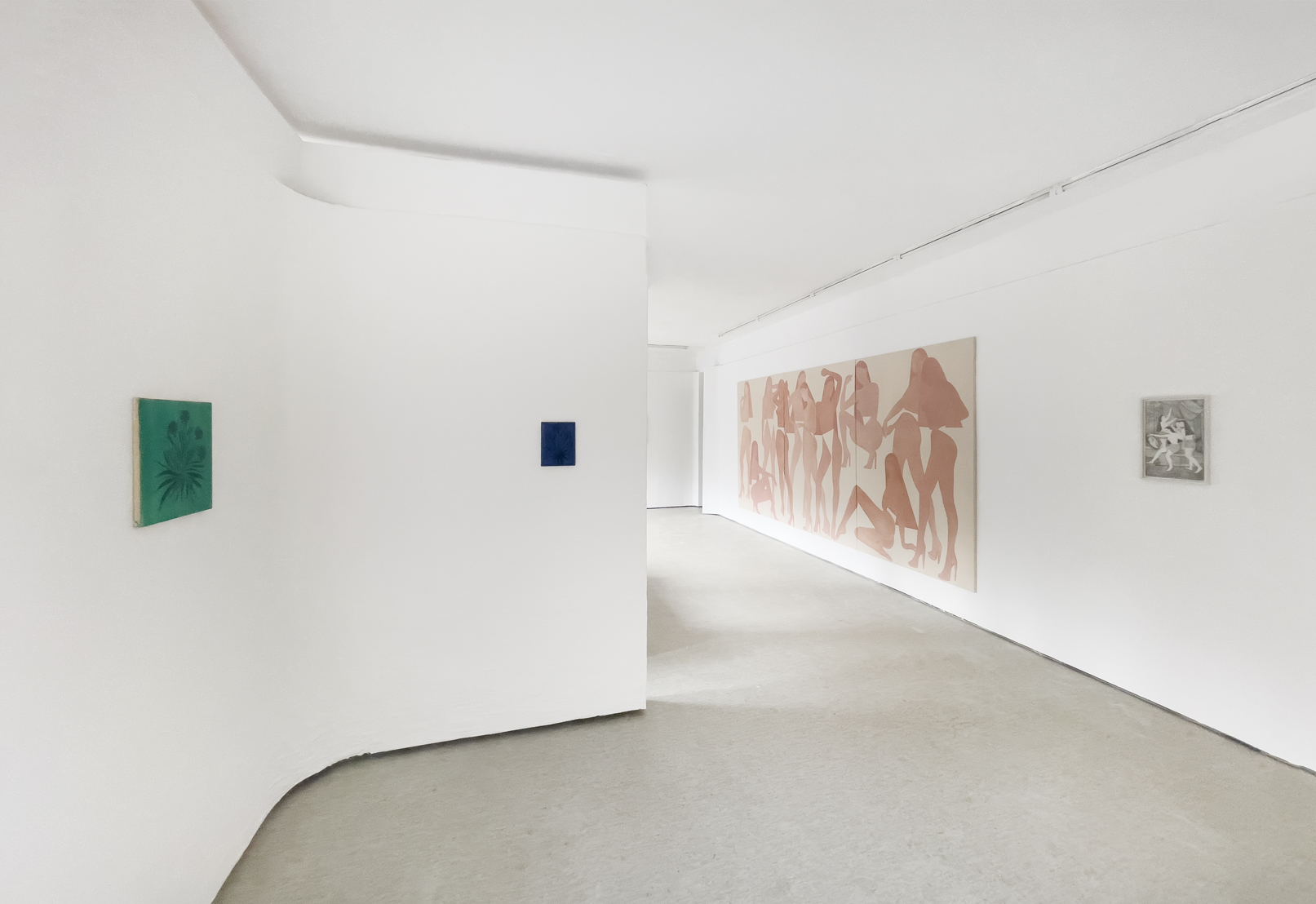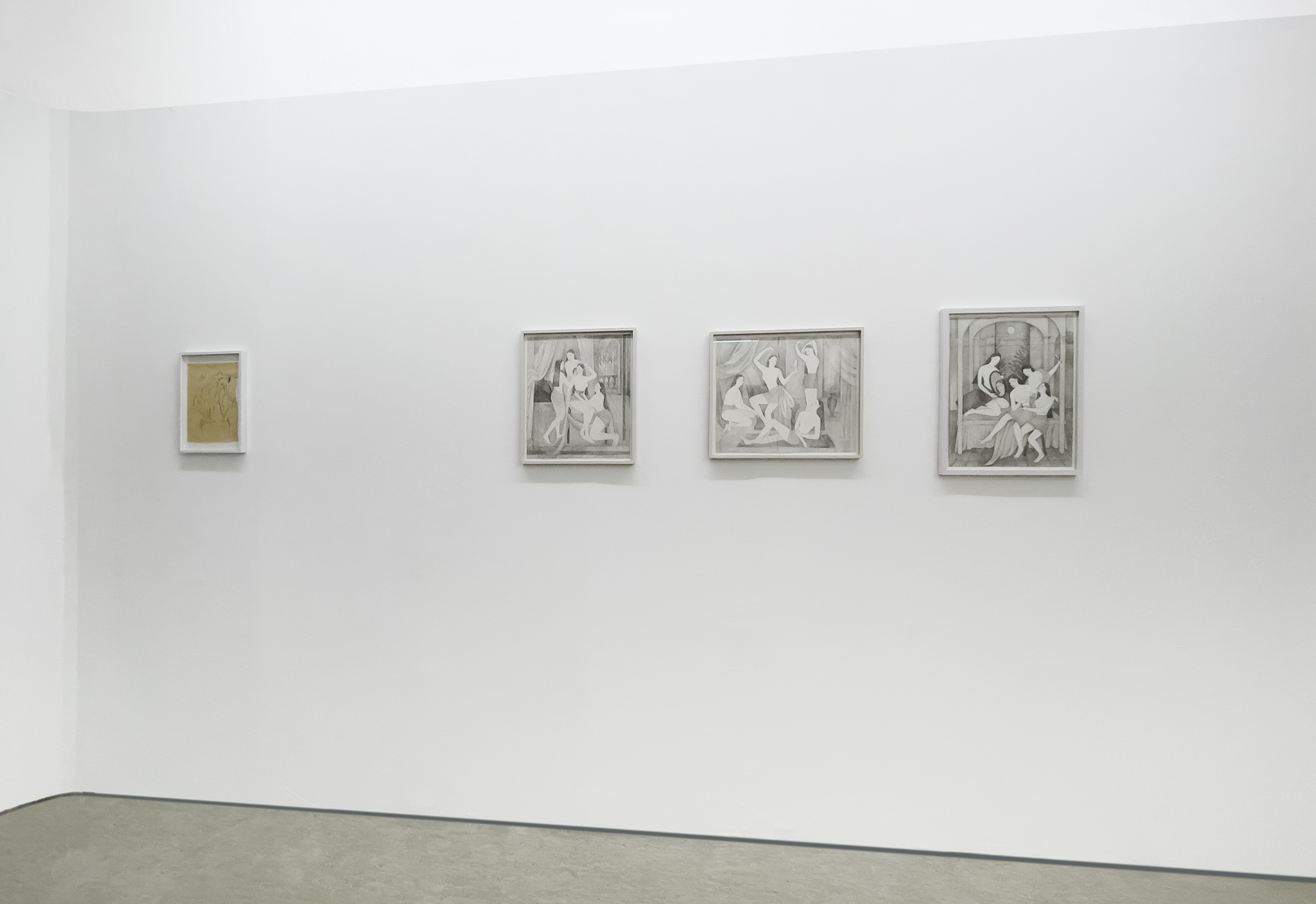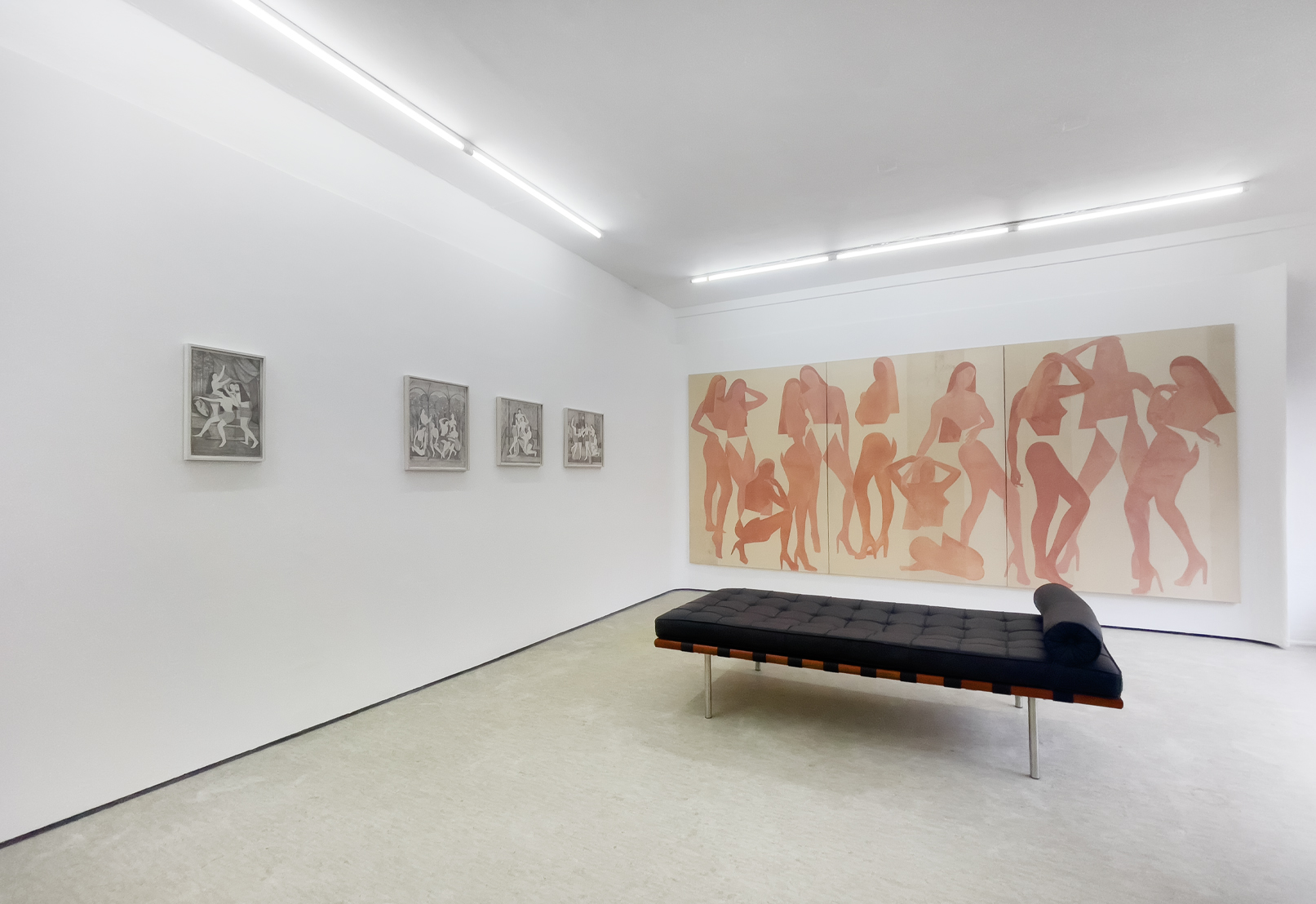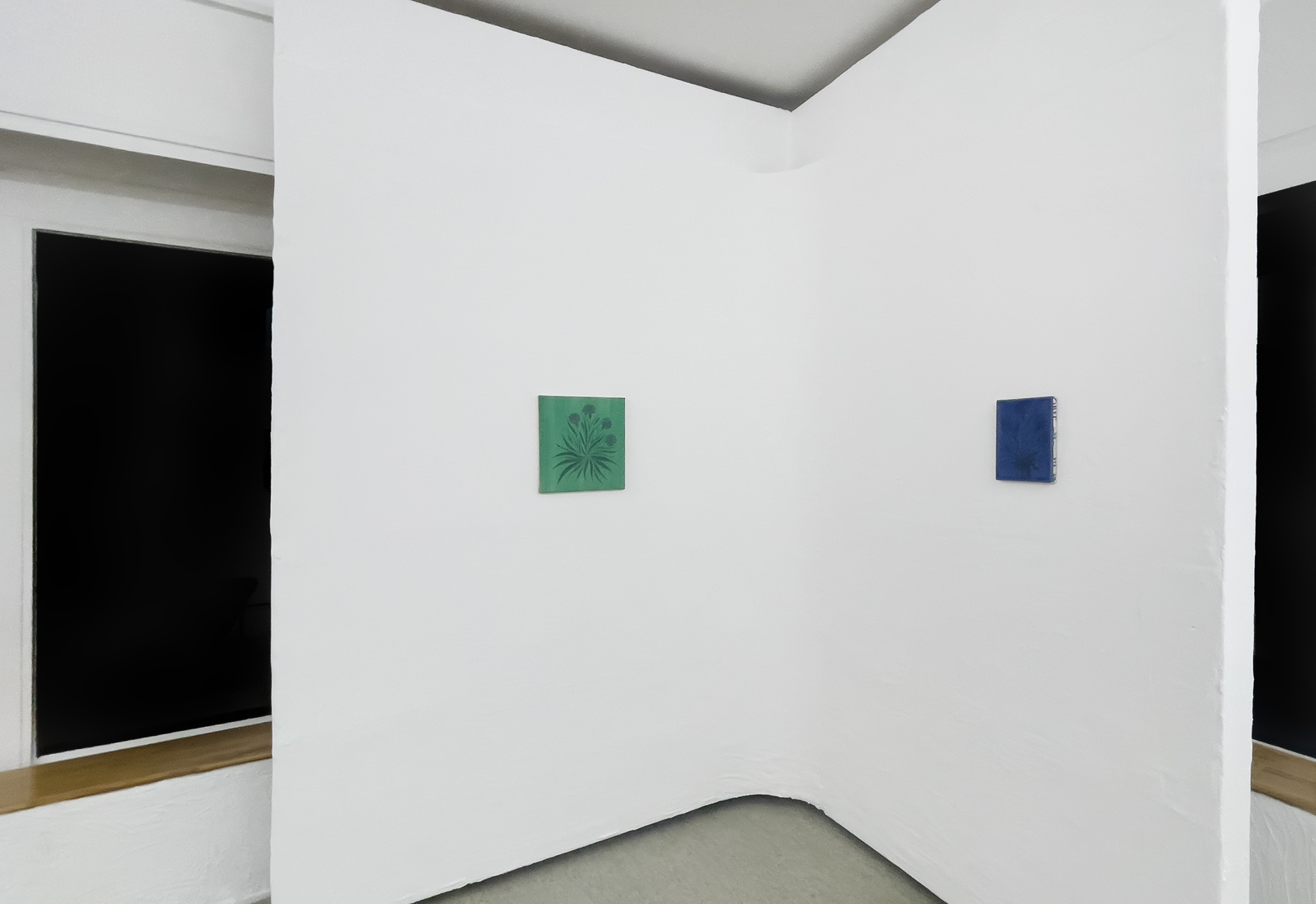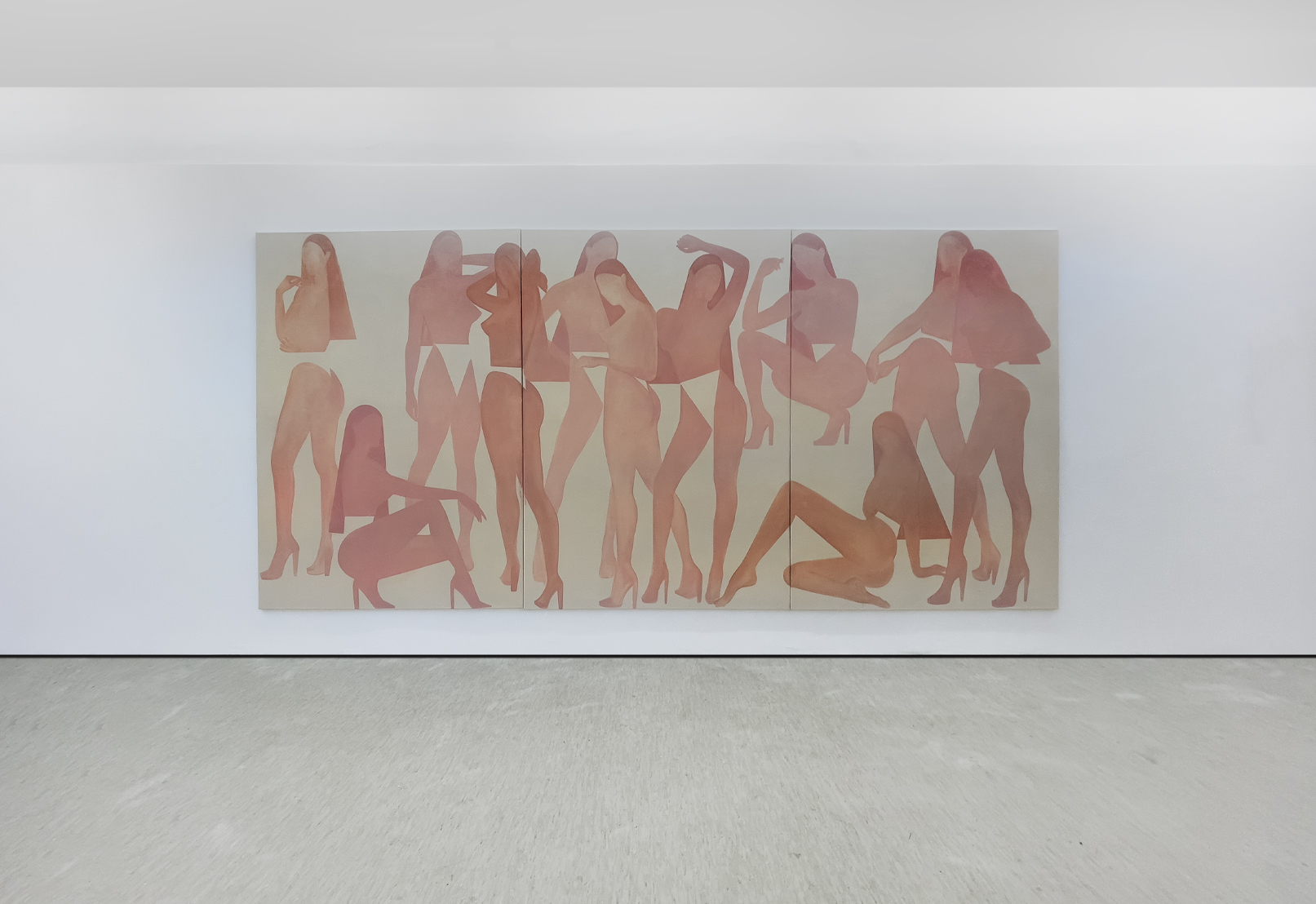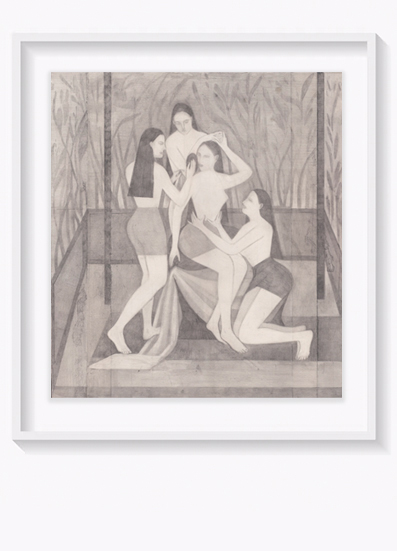Janine Steiner: On Loop : Verena Kerfin Gallery, Köthener Strasse 28, Berlin 10963
Past
exhibition
Overview
Exhibition Opening: 24th of January 5 – 9 pm
Paradisiacal Gardens?
On the Drawings by Janine Steiner, 2025
Ritualized Order and Symbolism
In Janine Steiner’s drawing, a world unfolds where every gesture and touch seems imbued with a deeper sensemof order. Four women gather in a space whose boundaries are defined not by architectural elements but by symbolic cues. The textile surroundings—flowing fabrics, the rhythm of plant patterns—serve not merely as decor but as part of the staging. Every movement of the women, the combing of hair, the draping of cloth, appears deliberate, as if following an internal choreography, an order striving for harmony yet unable to conceal its mechanism. These ritualized actions elevate the mundane to the realm of the timeless, transforming the women into actors in a performance governed by unspoken, yet palpable, rules.
The scenes evoke Persian miniatures and Indian Pahari painting, where not only bodies but also the surrounding nature maintain symbolic balance. Yet, while these traditions often serve narrative functions, Steiner’s work resists storytelling. It denies action, drawing attention instead to the repetitive, to the ritual itself. The space where the women act is self-contained, self-sufficient, and simultaneously suffused with quiet tension. It is a place that promises protection and order but, in its perfection, carries an inexplicable stillness.
Tension Between Proximity and Distance
The gaze upon the women is marked by ambivalence: the proximity to their actions, the precise depiction of detail, seems to suggest intimacy, but this closeness fails to generate familiarity. The women appear isolated—not from each other, but from the outside world, which has no place in this scene. The space seems entirely created for them, yet their movements’ precision and the arrangement of their bodies suggest a silent self-awareness. The women act for no one, yet the perfection of their posture, the exact alignment of their bodies, conveys the impression of an invisible audience. It is a paradoxical state, where the autonomy of the women is staged and simultaneously undermined by the staging itself.
The textile environment becomes a metaphorical veil, both concealing and revealing. The women’s bodies seem almost organic extensions of their surroundings, yet the fabrics and plants construct a barrier—not just against the outside world but also against unrestrained intimacy from the viewer’s gaze. The space is not merely a backdrop but a second skin, both shielding the women and separating them from spontaneous freedom. They are not pure subjects of liberty but bearers of a symbolic role, their boundaries defined by the aesthetics themselves.
The Hidden Mechanisms of Order
The repetition in the depiction—the gestures, the postures, the nearly interchangeable bodies—suggests that the women are less individuals than parts of a larger pattern. This pattern, reflected in their actions, carries the traces of discipline. The rituals of care, the gestures of grooming and arranging, seem like tools to preserve a deeper structure. These are not acts of beauty or self-focus alone but methods of maintaining an order constantly reinforced by every movement. The textile surroundings become mediums of this discipline: they frame the women, giving their bodies a form that signifies both freedom and constraint.
These repeated gestures recall the mechanics of theater, where every moment is part of a greater performance. No narrative story unfolds here; instead, a symbolic order is sustained. The women do not act from personal impulse but as parts of a system that shapes them while stripping away individuality. The space, the plants, the fabrics—all become elements of an architecture that is self-sufficient yet tinged with an unspoken fragility.
Boundary Spaces and the Unseen
What is absent in Steiner’s drawing is as significant as what is depicted. The absence of men in this scene might initially seem like an emancipatory act, yet it leaves behind a void filled with tension. The women exist among themselves, their bodies and actions untouched by external observation. But this autonomy is not absolute. The careful staging, the perfection of their gestures, alludes to an invisible power shaping this space. The women do not move in complete freedom but within a framework that both protects and confines them.
The plants, the textiles, the garden itself become symbols of a liminal space. They separate the women from the external world while simultaneously creating a stage upon which their roles are defined. This is a space that suggests purity and harmony, yet this purity is not inherent. It is continually renewed through the women’s ritualized actions, as though every movement were necessary to uphold the order. The emptiness between the figures, the silent interstices, speaks of a tension that remains unarticulated but permeates the entire scene. It is a paradise that asserts itself but whose constructed nature cannot entirely be concealed.
To view the catalogue of the show please click here.
Paradisiacal Gardens?
On the Drawings by Janine Steiner, 2025
Ritualized Order and Symbolism
In Janine Steiner’s drawing, a world unfolds where every gesture and touch seems imbued with a deeper sensemof order. Four women gather in a space whose boundaries are defined not by architectural elements but by symbolic cues. The textile surroundings—flowing fabrics, the rhythm of plant patterns—serve not merely as decor but as part of the staging. Every movement of the women, the combing of hair, the draping of cloth, appears deliberate, as if following an internal choreography, an order striving for harmony yet unable to conceal its mechanism. These ritualized actions elevate the mundane to the realm of the timeless, transforming the women into actors in a performance governed by unspoken, yet palpable, rules.
The scenes evoke Persian miniatures and Indian Pahari painting, where not only bodies but also the surrounding nature maintain symbolic balance. Yet, while these traditions often serve narrative functions, Steiner’s work resists storytelling. It denies action, drawing attention instead to the repetitive, to the ritual itself. The space where the women act is self-contained, self-sufficient, and simultaneously suffused with quiet tension. It is a place that promises protection and order but, in its perfection, carries an inexplicable stillness.
Tension Between Proximity and Distance
The gaze upon the women is marked by ambivalence: the proximity to their actions, the precise depiction of detail, seems to suggest intimacy, but this closeness fails to generate familiarity. The women appear isolated—not from each other, but from the outside world, which has no place in this scene. The space seems entirely created for them, yet their movements’ precision and the arrangement of their bodies suggest a silent self-awareness. The women act for no one, yet the perfection of their posture, the exact alignment of their bodies, conveys the impression of an invisible audience. It is a paradoxical state, where the autonomy of the women is staged and simultaneously undermined by the staging itself.
The textile environment becomes a metaphorical veil, both concealing and revealing. The women’s bodies seem almost organic extensions of their surroundings, yet the fabrics and plants construct a barrier—not just against the outside world but also against unrestrained intimacy from the viewer’s gaze. The space is not merely a backdrop but a second skin, both shielding the women and separating them from spontaneous freedom. They are not pure subjects of liberty but bearers of a symbolic role, their boundaries defined by the aesthetics themselves.
The Hidden Mechanisms of Order
The repetition in the depiction—the gestures, the postures, the nearly interchangeable bodies—suggests that the women are less individuals than parts of a larger pattern. This pattern, reflected in their actions, carries the traces of discipline. The rituals of care, the gestures of grooming and arranging, seem like tools to preserve a deeper structure. These are not acts of beauty or self-focus alone but methods of maintaining an order constantly reinforced by every movement. The textile surroundings become mediums of this discipline: they frame the women, giving their bodies a form that signifies both freedom and constraint.
These repeated gestures recall the mechanics of theater, where every moment is part of a greater performance. No narrative story unfolds here; instead, a symbolic order is sustained. The women do not act from personal impulse but as parts of a system that shapes them while stripping away individuality. The space, the plants, the fabrics—all become elements of an architecture that is self-sufficient yet tinged with an unspoken fragility.
Boundary Spaces and the Unseen
What is absent in Steiner’s drawing is as significant as what is depicted. The absence of men in this scene might initially seem like an emancipatory act, yet it leaves behind a void filled with tension. The women exist among themselves, their bodies and actions untouched by external observation. But this autonomy is not absolute. The careful staging, the perfection of their gestures, alludes to an invisible power shaping this space. The women do not move in complete freedom but within a framework that both protects and confines them.
The plants, the textiles, the garden itself become symbols of a liminal space. They separate the women from the external world while simultaneously creating a stage upon which their roles are defined. This is a space that suggests purity and harmony, yet this purity is not inherent. It is continually renewed through the women’s ritualized actions, as though every movement were necessary to uphold the order. The emptiness between the figures, the silent interstices, speaks of a tension that remains unarticulated but permeates the entire scene. It is a paradise that asserts itself but whose constructed nature cannot entirely be concealed.
To view the catalogue of the show please click here.
Installation Views
Works
-
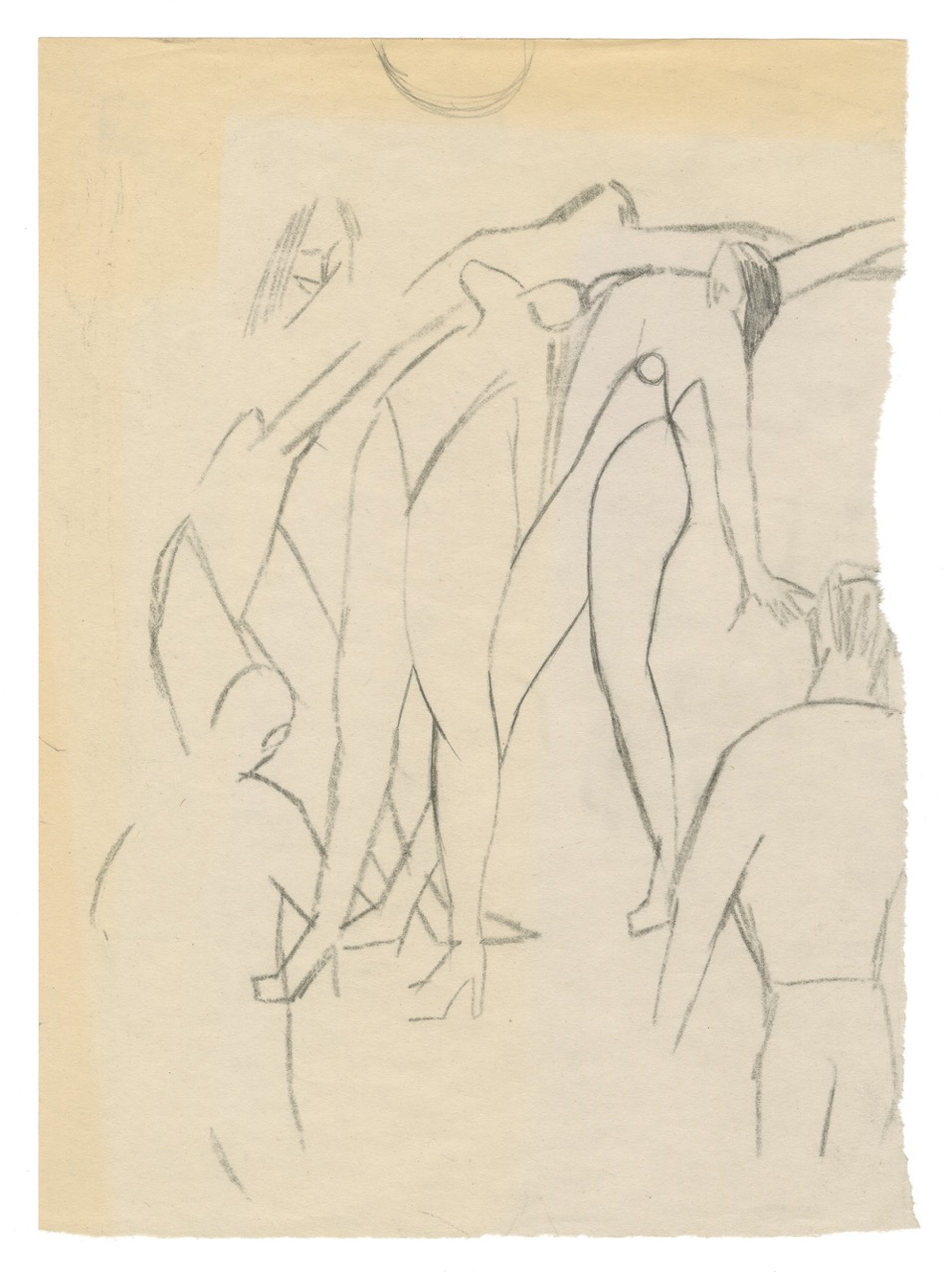 Janine SteinerMAS 07, 2017
Janine SteinerMAS 07, 2017 -
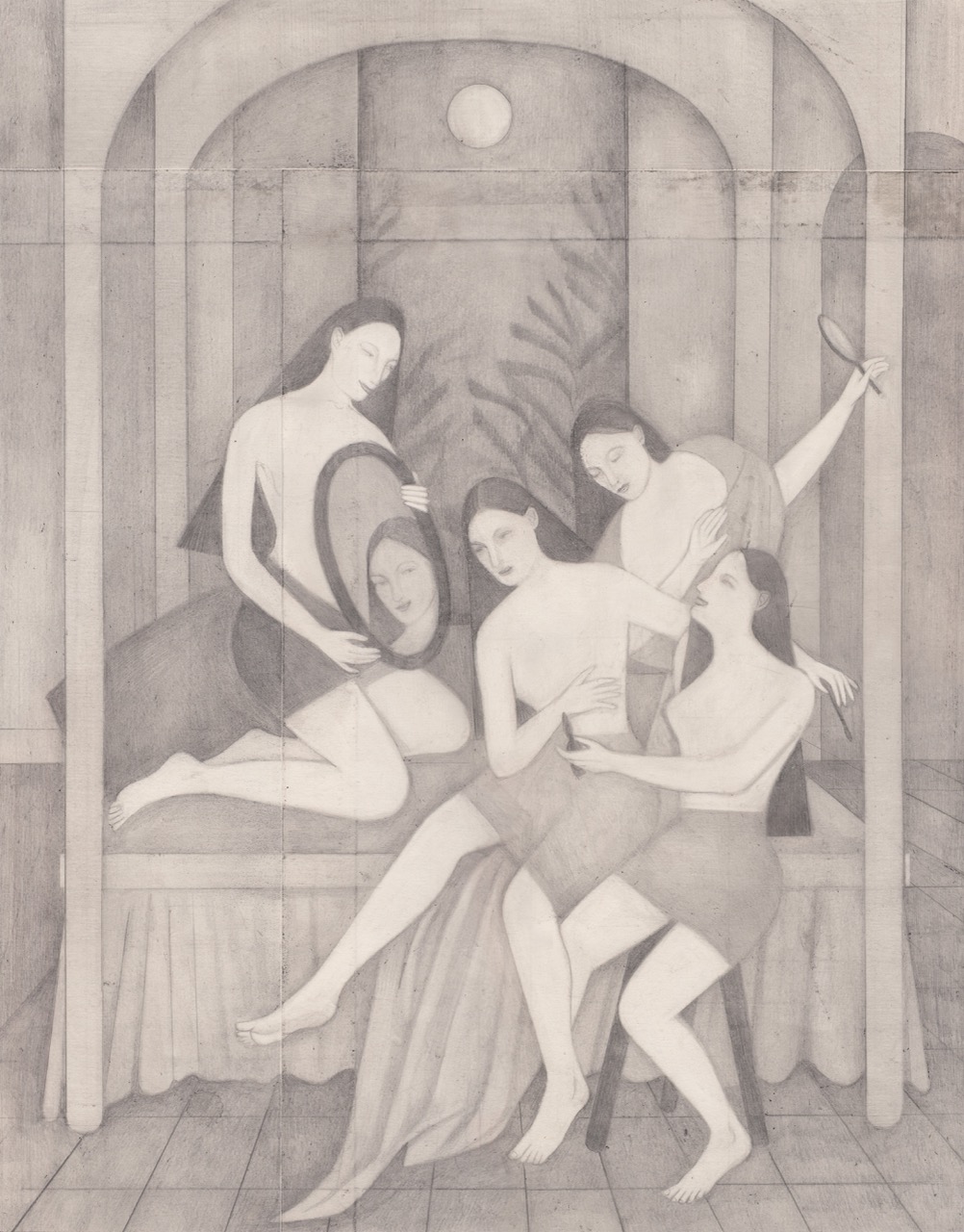 Janine SteinerVNS 03_02_01, 2022-25
Janine SteinerVNS 03_02_01, 2022-25 -
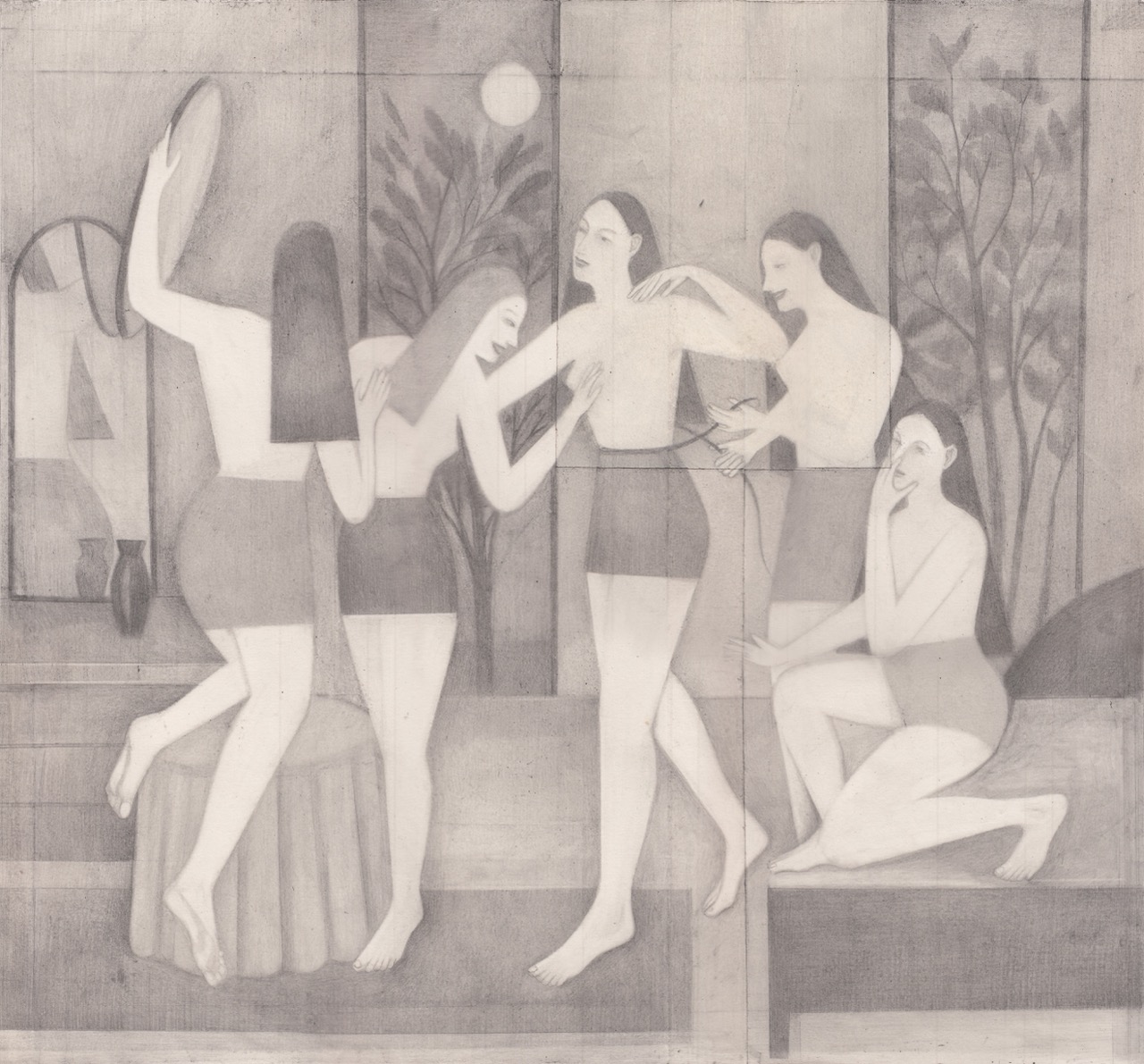 Janine SteinerVNS 05_01_01, 2023
Janine SteinerVNS 05_01_01, 2023 -
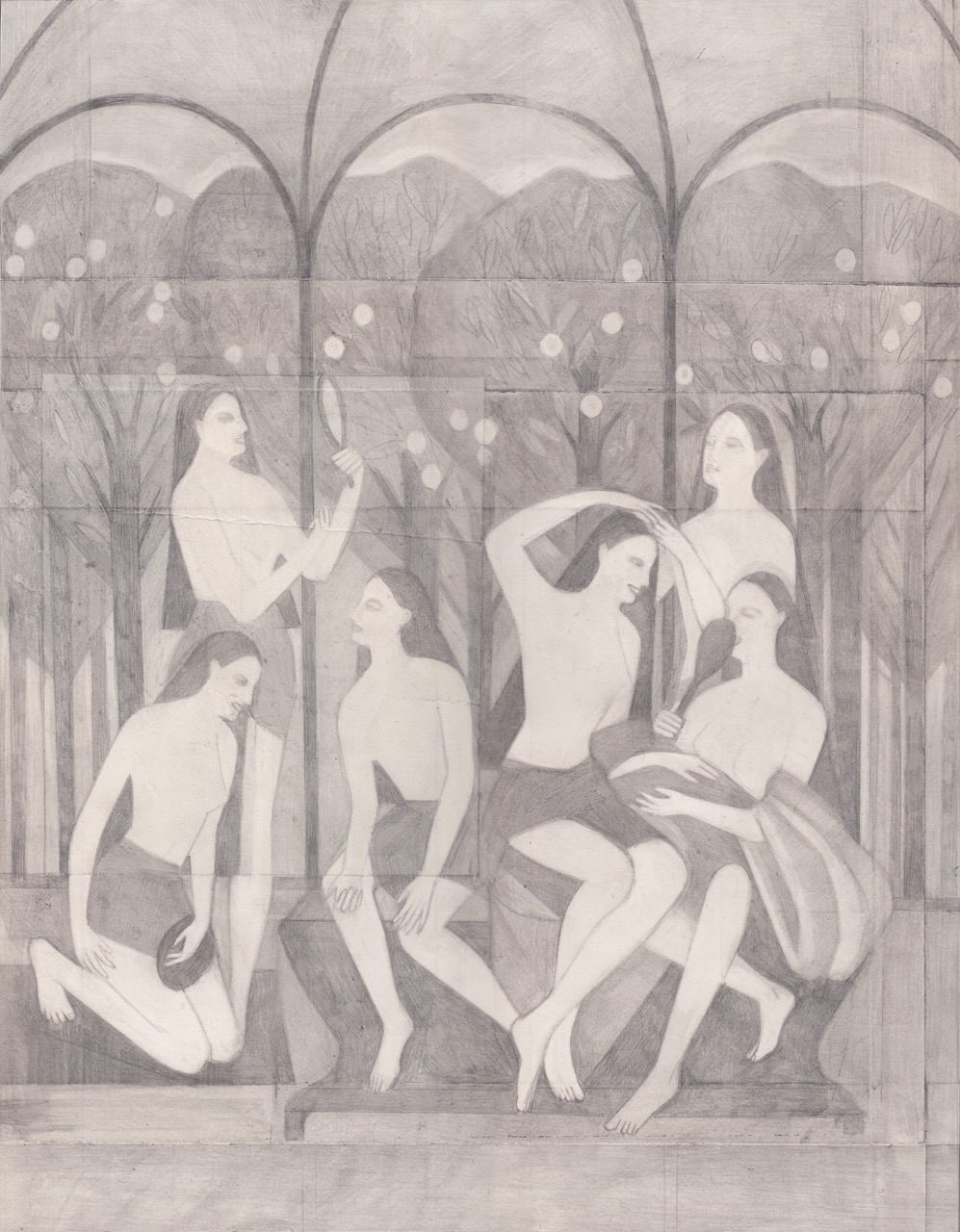 Janine SteinerVNS 02_01_01, 2020-22
Janine SteinerVNS 02_01_01, 2020-22 -
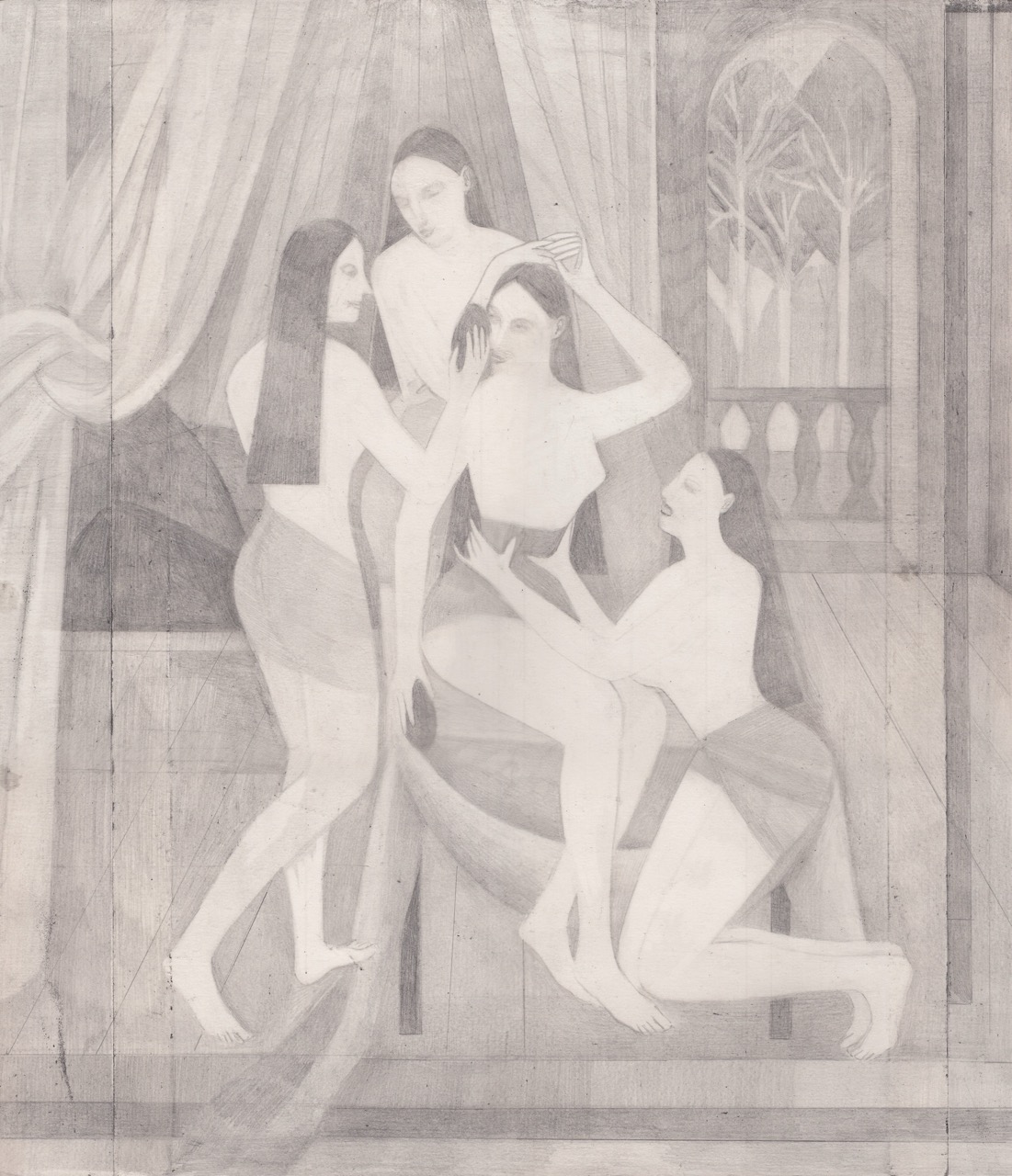 Janine SteinerVNS 01_02_01, 2020-22
Janine SteinerVNS 01_02_01, 2020-22 -
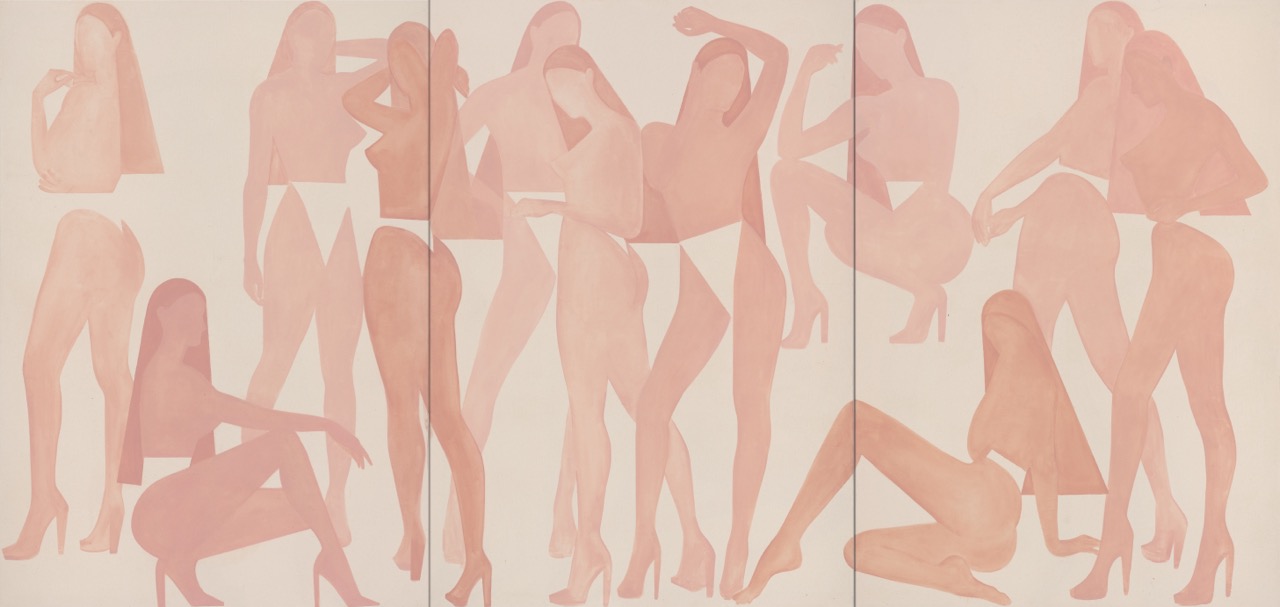 Janine SteinerFFF 04, 2021
Janine SteinerFFF 04, 2021 -
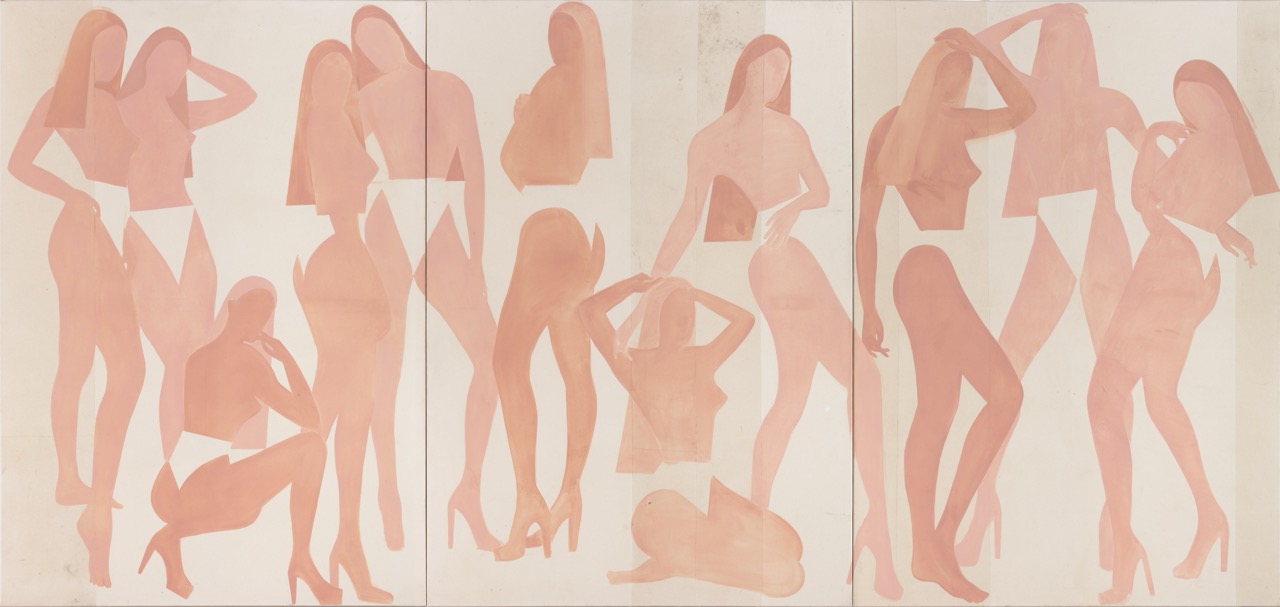 Janine SteinerFFF 02, 2020
Janine SteinerFFF 02, 2020 -
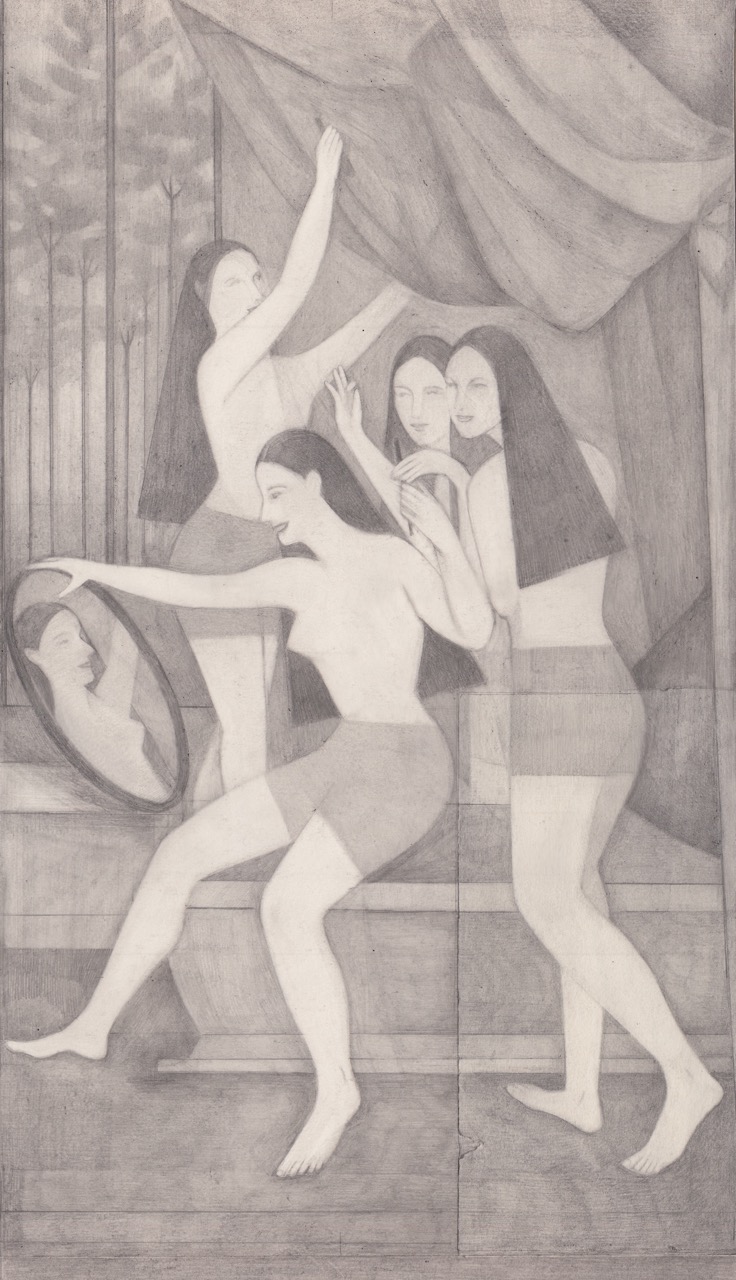 Janine SteinerVNS 06-01-01, 2025
Janine SteinerVNS 06-01-01, 2025 -
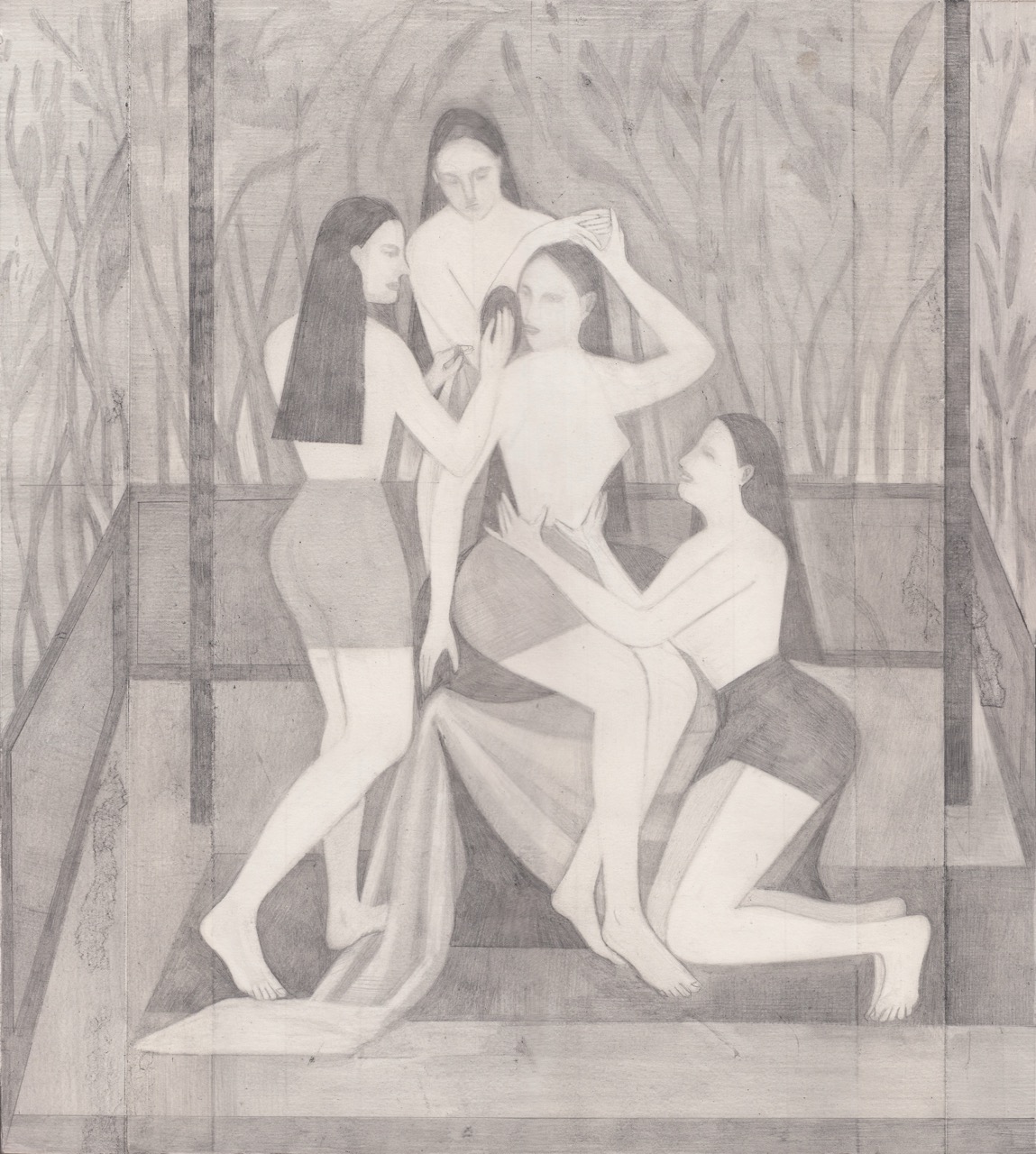 Janine SteinerVNS 01_01_01, 2022-22
Janine SteinerVNS 01_01_01, 2022-22
×
